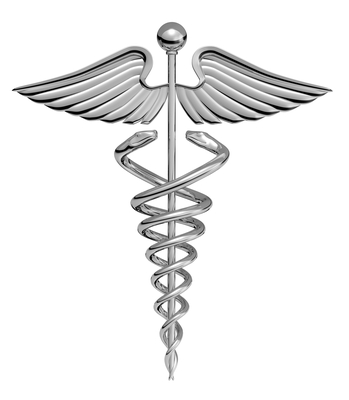Members of Congress, as well as citizens around the United States, have experienced a fierce debate over prescription drug price hikes on vital medications like the EpiPen, an auto-injection epinephrine device sold by Mylan. A paper recently published in the Journal of the American Medical Association suggests more people than ever are taking prescription drugs for chronic conditions.
Despite major health care legislation like the Affordable Care Act and routine changes to Medicare and Medicaid, pharmaceutical companies have continued to increase the prices of their prescriptions well beyond the ability of the average person’s ability to pay with or without help from insurance.
According to the AARP, a widely used antibiotic called doxycycline hyclate increased from $20 to $1,849 for 500 capsules over the course of a single year. A cholesterol drug called pravastatin sodium was hiked from $27 to $196 for a year’s supply. Those drugs represent just a few of the prescription medications to see huge increases in cost in recent years.
Here are five consequences of large increases in prescription drug prices.
1. Chronically Ill Patients Forgo their Prescription Drugs
Paying for the occasional week of antibiotics for a cold can become costly, but it isn’t always a problem when those antibiotics are only required once or twice a year. A study published in 2004 called “Cost-Related Medications Underuse Among Chronically Ill Adults” revealed that 18 percent of chronically ill respondents reduced their medication because of reasons like high out-of-pocket costs for medication and prescription drug price hikes.
Related resource: Top 10 Best Online Master of Health Administration Degree Programs (MHA)
2. People Must Choose Between Basic Necessities and Medication
According to an article from CNN on the rising cost of prescription drugs and the impact on insurance costs, many people have begun cutting back on necessities to pay for prescription drugs. Around seven percent of the people surveyed said they missed a mortgage payment because of high prescription costs, and about a quarter of respondents said they weren’t getting their prescriptions filled at all or were skipping their doses to make medication last longer.
3. Health Care Insurance Becomes More Expensive
With prescription drug prices rising at a swift rate, insurance companies are changing their plans to pass those increased costs on to patients. Not only are insurance companies passing those costs on to consumers, but employers are also lowering the percentage they pay on employer-sponsored health care plans. One solution suggested by consumer advocates is increased transparency on prescription drug prices since price hikes have often occurred without warning.
4. More Citizens Cross the Border to Buy Medication
For many years, millions of Americans have been crossing the northern border of the United States into Canada to obtain prescription drugs at lower prices than they could buy in America. Not only do Americans seek out drugs in Canada that haven’t yet been approved by the FDA in America, but they also purchase prescription drugs at much lower price than what is available in the United States.
5. High Drug Prices Harm the Pharmaceutical Supply Chain
An industry white paper published by Elsevier Clinical Solutions suggests patients aren’t the only individuals harmed with rising drug prices. The company’s research suggests that physicians find it difficult to choose alternative drugs for patients and pharmacies lose money on inadequate insurance reimbursements when drug prices fluctuate wildly or increase.
The pharmaceutical industry maintains that price increases help fuel research into new drugs, but AstraZeneca spent $1.6 billion on marketing in 2015 and only $4.9 billion on research and development while raking in $33.3 billion in revenue. Exorbitant spending on marketing campaigns and record-shattering profits suggest those prescription drug price hikes might not be as necessary as suggested by companies like AstraZeneca, Pfizer, Merck, and Bayer.
